Diamond Education
To assist you in making the right decisions with your choice of jewellery, we have curated comprehensive information about diamonds and diamond fine jewellery. Ring Education, this is a great place to start your research and provide a background knowledge, however we are always here to answer any questions you may have about diamonds and custom engagement rings, we are here to illustrate the theory with real examples during an obligation-free private appointment with one of our jewellery concierges. Our concierges can you help you create you create the perfect custom engagement ring in Sydney, Melbourne, Brisbane & across Australia.










